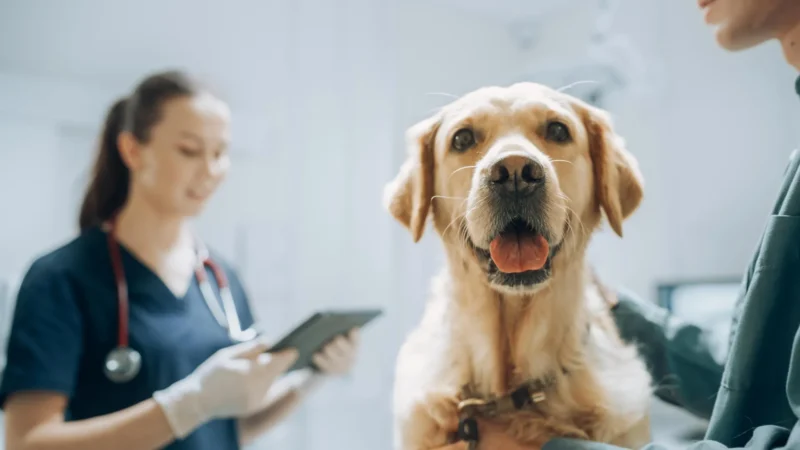Essential Insights
-
Canine Detection: Trained dogs accurately identify Parkinson’s disease (PD) through skin swabs, achieving up to 80% sensitivity and 98% specificity in a recent double-blind study.
-
Olfactory Biomarkers: The study confirms a distinct olfactory signature linked to PD, suggesting dogs may help develop a non-invasive, cost-effective diagnostic method.
-
Timely Diagnosis: Early identification of PD symptoms can take up to 20 years; thus, rapid detection through canine olfaction can significantly impact treatment and disease management.
- Collaborative Research: The study, involving Medical Detection Dogs and universities, highlights the potential of non-invasive skin samples for diagnosing PD, paving the way for innovative diagnostic approaches.
The Remarkable Ability of Dogs
Recent research has revealed an extraordinary capability of dogs: they can detect Parkinson’s disease years before symptoms appear, boasting an impressive accuracy of up to 98%. This breakthrough comes from a collaborative study involving Medical Detection Dogs and leading universities. Dogs learned to distinguish between skin swabs from individuals with and without Parkinson’s. During rigorous double-blind testing, the dogs displayed significant sensitivity and specificity. Notably, they even identified the disease in samples from patients with other health conditions. Such precision offers hope for early diagnosis, which can be crucial for slowing the disease’s progression.
Additionally, Claire Guest, the CEO of Medical Detection Dogs, emphasizes the importance of timely intervention. Current diagnostic methods for Parkinson’s often fall short. Symptoms can surface up to 20 years after the disease begins, complicating effective treatment. The ongoing challenge lies in identifying biomarkers that signal the onset of Parkinson’s, and dogs might provide a rapid, non-invasive solution to this urgent problem. With continued research, we may soon see dogs playing a pivotal role in healthcare.
Practical Applications and Future Prospects
The implications of this research extend beyond the lab. If proven reliable, trained dogs could serve as essential allies in early Parkinson’s detection. Compared to traditional methods, this approach offers simplicity and speed. Doctors could utilize canine insight as a preliminary screening tool, guiding them to further confirmatory tests. This could lead to increased accessibility for patients in various settings, especially where medical resources are limited.
Moreover, this innovative method highlights the potential synergy between humans and animals in advancing medical science. By exploring non-invasive techniques for diagnosis, we could transform how we approach various diseases. As we continue to harness the unique abilities of dogs, we embark on a collaborative journey towards earlier intervention and better quality of life for those affected by Parkinson’s disease. The possibility of integrating canine detection into mainstream healthcare presents a promising avenue for enhancing patient outcomes and broadening our understanding of disease progression.
Expand Your Tech Knowledge
Explore the future of technology with our detailed insights on Artificial Intelligence.
Discover archived knowledge and digital history on the Internet Archive.
TechV1

